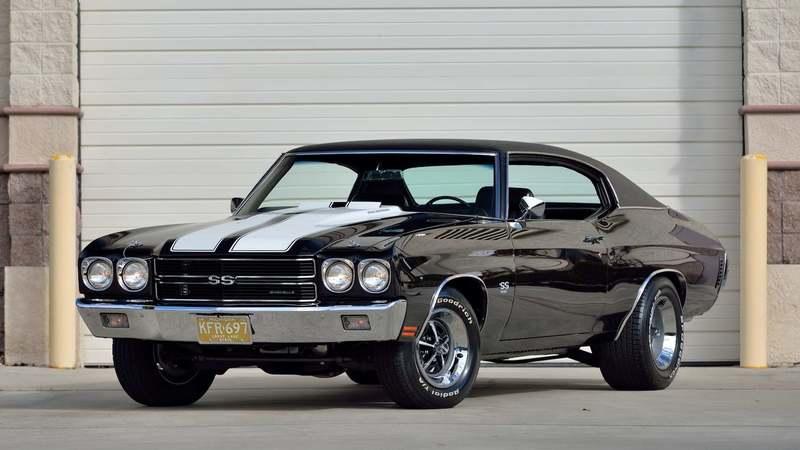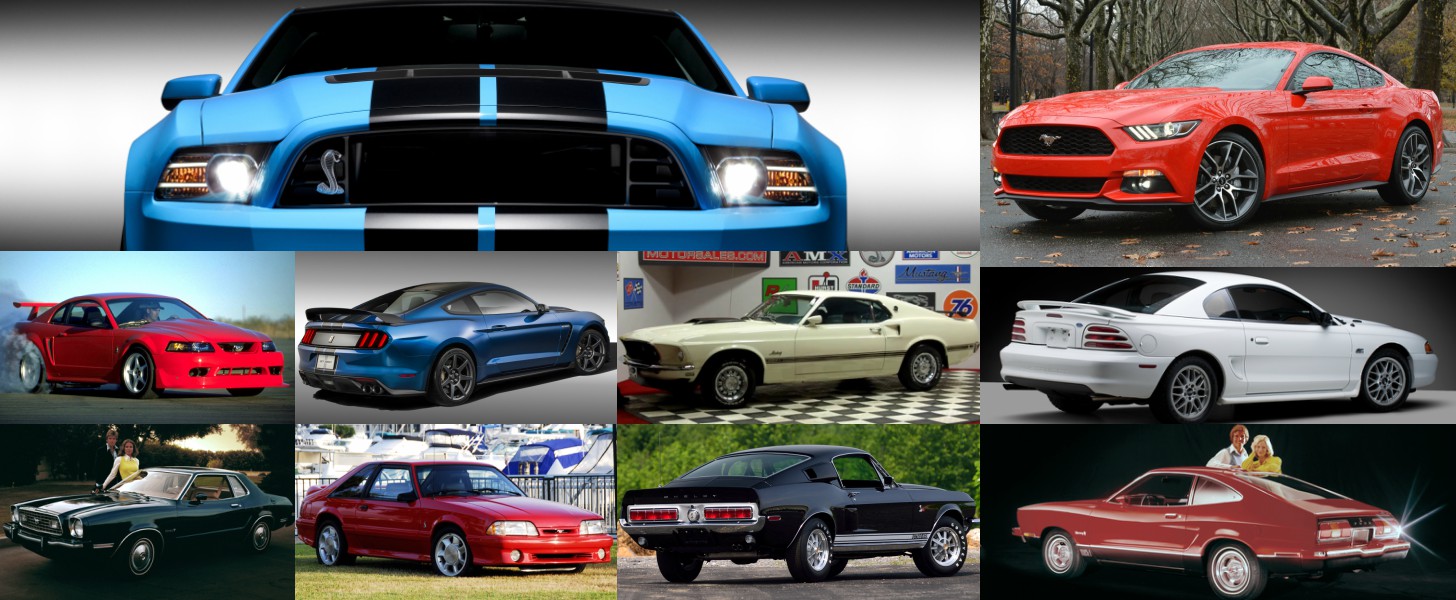
Ford Mustang convertible reviews can be a great resource. The interior design of the Ford Mustang convertible is unique and beautiful. The car's interior design combines modern human interface design and retro-inspired rolling temperatures dials and toggle switches. The front seats are comfortable and low. Its fuel economy is also an excellent factor. These elements combine to create a memorable driving experience. To find out more about the Mustang convertible model you will need to drive it.
Review
The Ford Mustang is the most loved convertible in the world. The Mustang has all the speed you need with its legendary V8 engine. It also comes at a reasonable price. This convertible car is quicker than any European brand rivals and can sprint from standstill up to 100 km/h within six seconds. However, despite the Mustang's legendary heritage, it does have its drawbacks.

Options for engines
There are many options for upgrading your Mustang's powertrain. Ford offers several different engine options in the Ford Mustang, including the GT and EcoBoost Premium. These engines are capable of delivering top-quality performance while offering more power at the same price. Ford offers several engine options to the Mustang. This means that your convertible will not be limited by the amount of power it has.
Interior
The interior of the Ford Mustang convertible is pleasant and functional, but it does not feel as upscale as some of its competitors. Its dashboard is dominated by a large screen and a row of toggle switches next to the starter button. The new Mustang also features a digital instrument cluster. The screen is easy-to-read and features smartphone connectivity such as Android Auto (tm) or Apple CarPlay (r).
Fuel economy
The Ford Mustang gets good fuel economy. The Mustangs that are most efficient in fuel consumption can reach 460 miles with a single tank of gas. Fuel efficiency is affected by several factors, including how heavy the vehicle is. A heavier car uses more gas to accelerate up to high speeds. The Mustang's open windows increase air pressure and reduce drag. This improves gas mileage. Dual-Zone Automatic temperature Control and rear seat climate control are two other features that can save fuel.
Recaro seats
Recaro seats can be installed in a Ford Mustang convertible for a modest $15,595 upgrade. The standard seats are fine, but recaros provide a more luxurious touch. Premium trim-level leather chairs offer power, heated, or ventilated operation. Recaros aren't necessary, but they can help increase the car's resale price. You can even find a car with Recaro seats at a dealership auction.

Price
You're probably wondering what the cost of a Mustang convertible is. The Ford Mustang is an American classic sports car. The Ford Mustang has been around for over 55 years and has seen many improvements. It comes with two doors in the base Mustang, but it is still powerful. There are many models that offer all-electric power and a four-door quasi sedan layout.
FAQ
What does it take for a mechanic to be a good one?
A mechanic is only an expert if they have years of experience. You can learn the most effective way to fix cars by learning from a professional mechanic.
You will have to spend time in a garage learning about cars and mechanics. It is important to get familiar with the mechanics of cars and engineering.
And you'll also need to attend auto school.
The most important thing is to start early. It doesn't matter if you're old or not to study automotive technology. If you want to qualify as a mechanic, get started now!
How long does an automotive course take?
An automotive course is three years long.
The first year is spent learning about cars and theory. The second year will be spent in practical training. Here you will learn how fix engines, drive and other mechanic jobs. The last year is spent at a local shop, where you will get practical experience with real-world problems.
What information do I need about car mechanics
To work as an auto technician, you don’t need to know much about cars. The only thing you need is the ability to fix them. That's why most people start doing jobs like fitting brake pads or changing tires before progressing to more complex repairs.
You'll need to know how to read diagrams, understand written instructions and follow basic rules of good practice. You'll also need to be able to judge whether parts need replacing or repairing.
It's important to remember that you shouldn't attempt to repair vehicles without having received proper training and guidance. This is especially true when you are dealing with costly components like engines and transmissions.
Even though you won’t need to know much more about cars, you will still need to have an in-depth understanding of mechanics and physics. This involves understanding how engines work and how brakes work.
Noting that all situations are possible, it is important to be prepared. If your vehicle has been in an accident, you might need to be able to handle it. Experience with accidents and breakdowns is also a must.
Finally, you need to be willing and able to quickly learn new skills. Not only will you need to be capable of diagnosing problems, but you also need to be able perform simple maintenance tasks like tightening nuts.
What are the requirements for an automotive technician?
High school graduation or GED is required with excellent grades in English and math. Additionally, you will need to be proficient in reading and writing. The written test will be passed and you will then have to take several practical exams before you can begin work.
What is the difference?
Although they may be similar, they are not identical. Both a mechanic and an automotive technician can repair cars.
A mechanic needs to be able and quick to use their manual dexterity. A mechanic must be able diagnose and fix problems quickly and accurately.
An automotive technician needs to be more technically skilled than a mechanic. They should be able read blueprints and use tools like drills and wrenches.
They must also be able perform complex procedures safely. They must be familiar with all types of electrical and engine systems.
They must also be able comprehend how the various parts interrelate with one another.
The result is that a mechanic often earns less than an auto technician. Both jobs offer many possibilities.
Does it really matter what college I choose?
Non, really. There is no difference in the programs offered by colleges for getting into automotive work. Some schools have better programs than others, so you might want to look elsewhere if your goal is something more specialized.
Can I work as an auto mechanic without a degree? Can I do part-time studies?
It is not essential, but it is helpful. Most employers prefer candidates who have studied for a full degree rather than those who haven't. It shows you are dedicated and have worked hard to achieve your goals.
It doesn't mean that you can't work while you study. Many universities permit students to take courses during the summer holidays, and then finish their studies in the fall. Others allow students to study part-time all year.
Statistics
- The U.S. Bureau of Labor Statistics (BLS) reports that the job outlook for automotive service technicians and mechanics is expected to decline by 4% from 2019 to 2029. (indeed.com)
- According to the BLS, total auto technician employment is expected to exceed 705,000 by 2030. (uti.edu)
- There were 749,900 jobs available for automotive service technicians and mechanics in 2016, which is expected to grow by six percent through 2026. (jobhero.com)
External Links
How To
How to properly diagnose your vehicle for repair
First, look at the symptoms of your car to determine if it needs repair. You can then follow these steps for a proper diagnosis of your vehicle.
-
Check engine lights. You should inspect the dashboard lights, such as the engine light indicator and the oil pressure gauge. Also, check the battery light indicator. If any of these indicators have been flashing continuously for several days it could mean that there is something wrong with your vehicle.
-
Check the treads of your tires. If the tires are worn out, they could cause problems with handling and braking. You should inspect the treads on your wheel. You should ensure that they are clean and smooth. You can do this by taking off the wheels. You can check the tread wear with a flashlight.
-
You should always monitor the level brake fluid. You must keep track on the level of brake fluid in your vehicle. You can ensure that your brakes are working properly by monitoring the level of brake fluid in your vehicle. Low brake fluid levels can cause brake failure when you apply pressure.
-
Make sure to test the suspension system. Most vehicles have a suspension system that absorbs shocks and vibrations. This suspension system provides greater control and smoother acceleration and deceleration. If your vehicle has a suspension problem, it might feel wobbly or shake uncontrollably. To test whether your vehicle has a suspension issue, try putting weight on the front or rear axle and observe the movement.
-
Examine the steering wheel. The steering column is used to link the steering wheel with the rest of vehicle's components. Sometimes, steering columns are damaged by accidents. You should replace your steering column if it feels loose or unstable.
-
Observe the exhaust pipes. The exhaust pipes transport gases from the combustion chamber to outside. If the exhaust pipe is damaged or leaks, harmful fumes can enter your cabin. You should also fix any bent tailpipes immediately.
-
Check under the hood. Take a look underneath the hood to find any strange or unusual items. Your engine could be leaking fluids. If you smell something strange coming from your engine compartment you should call a professional technician.
-
Make sure to check the air filter. The outside environment collects dust and other particles in the vehicle's filter. A dirty filter can lead to a poor vehicle's performance. Replace your air filter regularly.
-
Make sure you check the fan belt. Your vehicle's fanbel is what connects the engine and the transmission. If it breaks, the engine won't turn over. The process of replacing the belt is straightforward. You will need a screwdriver, pliers and a pair of pliers.
-
Make sure you inspect the radiator hoses and hoses. The radiator-hose carries water to the engine. If it becomes cracked or damaged, it can leak hot liquid onto the engine. To repair the leaky hose, all you need is a pair if needle-nosepliers.
-
You should inspect the windshield wipers. Windshield wipers use electricity to clean away snow and rain. They can leave streaks on your windows glass if they stop working. Change the washer fluid to fix the problem.
-
Check the battery cables. The battery cables supply power to your car's electrical systems. If you are replacing batteries, disconnect the negative cord first. Failure to do so can damage your alternator.
-
Pay attention to your headlights. Headlights help you see the road ahead. Poor visibility can result if the headlights don't function properly. To determine if your bulbs are out of date, check them.
-
Pay attention to the lights. When you approach them at night, the lights warn other drivers. One that doesn't work could cause you to be distracted, and possibly lead to an injury.
-
Inspect your brakes. Before you collide with another vehicle, brakes will slow down the car. You could lose control of the car and cause a crash if they don't work properly.
-
Change your oil. The oilkeeps your engine lubricated. It protects metal parts and prevents them from wearing too quickly. It is recommended that the oil be changed every other month.